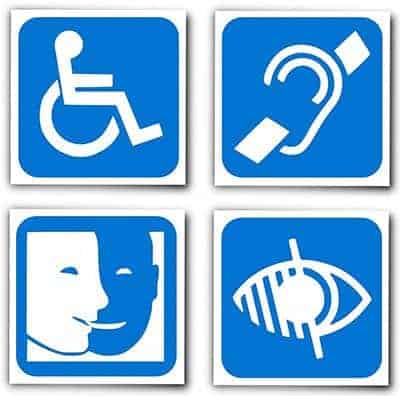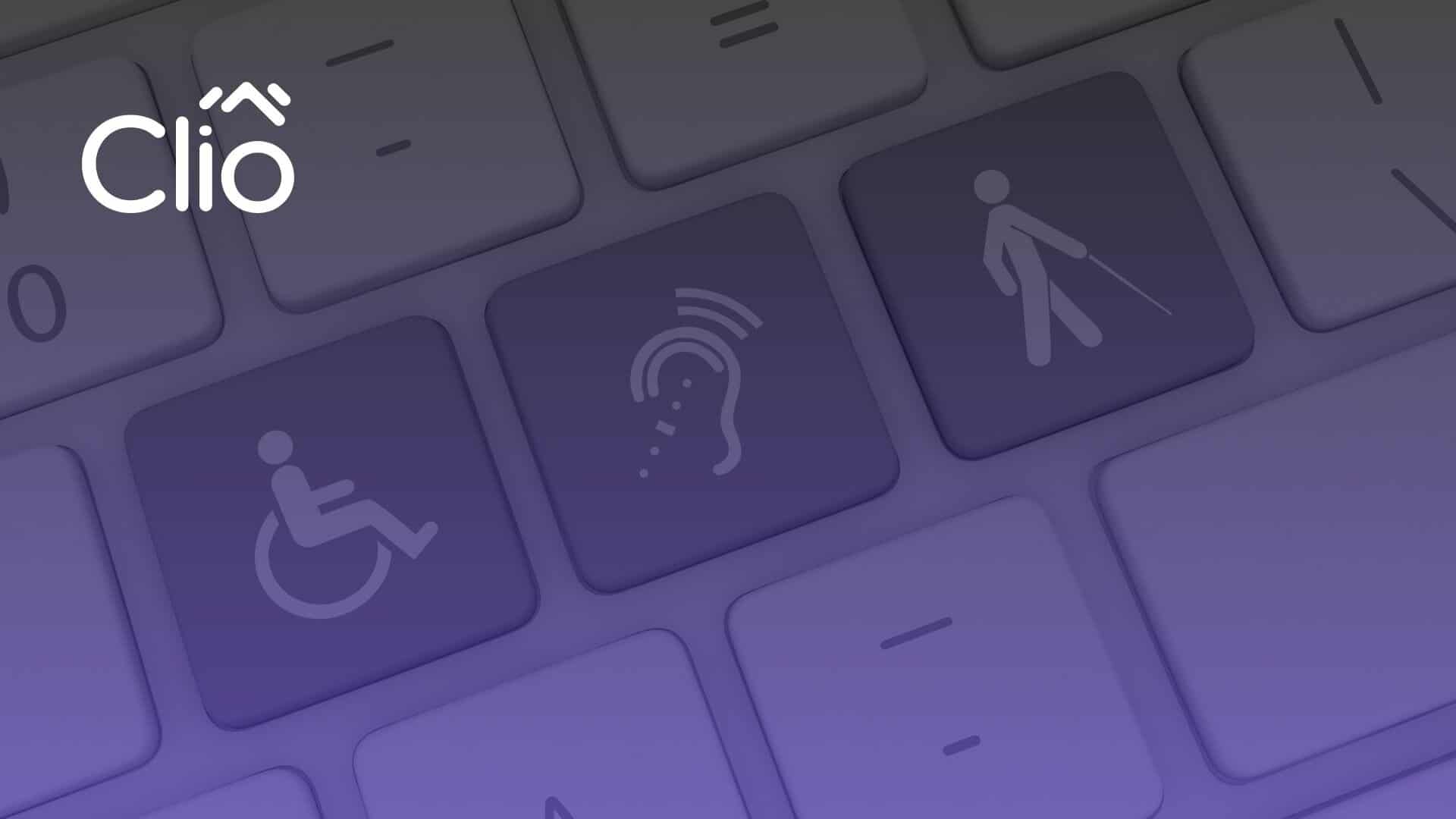The internet has made it easier than ever to connect people across the globe. A person in Peru could form a business with another person in Spain, meeting daily face-to-face with nothing but their phones. They’d never even have to leave the comfort of their homes.
Education, networking, commerce, and entertainment have all been radically transformed by the internet—it’s a remarkable breakthrough that many people take for granted. Unfortunately, there are some people who aren’t able to fully enjoy the connective capabilities of the internet because their needs are often overlooked.
Web accessibility matters now more than ever. Making websites accessible to all means allowing everyone to engage and connect equally.
What is Web Accessibility?

Web accessibility means making sure that everyone, everywhere, regardless of their capabilities can use the internet effectively and without excessive hindrance.
Many people are impacted by temporary or permanent disabilities. Accessibility doesn’t just cater to the needs of those with disabilities—it helps make web browsing through technologies other than computers more accessible, as well. Disabilities ranging from hearing impairment, visual impairment, mobility issues, and the like shouldn’t bar anyone from being able to use the internet.
Think about temporary disabilities, as well: If you’ve injured your hand or arm, and aren’t able to use your devices like you normally would, you’ll want solutions. What was easy before your injury shouldn’t become impossible because your capabilities have temporarily changed. All of your website visitors want to interact with your site easily, regardless of their situations.
There are so many ways accessibility impacts internet users. Many people have found themselves unable to view screens on a bright day while outdoors, or in an environment too loud to listen to audio from a webpage. Many of your website users won’t have any sort of disability. Remember that accessibility is really just a form of flexibility, allowing your website to be more broadly interactive and available in different situations.
All visitors to your website have different and diverse needs. When you take time to consider that some visitors will be using devices that expect your website to follow certain standards, you increase access. It allows them the same opportunity to navigate and interact with your content.
Web accessibility consideration smooths out consumer complications. Ultimately, you’re improving the user experience for everyone by following standards for web design, development, and copywriting.
Why Does Web Accessibility Matter?
It’s easy to think that the majority of your website users don’t have disabilities. You might also assume that most of your users also interact with your webpage by using a standard web browser. All of these assumptions might lead you to question why web accessibility matters.
Above and beyond simply recognizing that some people may face limitations you do not, there are five reasons why your business should prioritize accessibility when designing, developing, and creating content for your website. These reasons are:
- User Experience,
- Search Engines,
- Market Reach,
- The Law, and
- That People Matter
User Experience
Consider this: How users interact with your website and its content relates very closely to the way that they perceive your brand. If people visit your website and have a poor experience, they’ll likely form a poor opinion of your brand as well.
Your products and services don’t sell themselves—it’s more about how your content and its layout are structured. If it’s difficult to add an item to a cart on your website, it’ll discourage your users from making a purchase from your business.
Web accessibility works much the same way. If the layout, content, or script you’re using makes it difficult for visitors to engage with your website, it’ll reflect poorly on your brand. Ultimately, users who can’t interact easily with your website aren’t likely to convert into paying customers.
Search Engine Optimization
Nowadays, user experience (UX) is a good metric for search engine optimization (SEO). Web accessibility impacts UX: Since nearly everyone is using a search engine, search engines have added web accessibility to their algorithms.
Simply making your website accessible to everyone, everywhere isn’t likely to be enough to land you in top search results. However, ignoring accessibility is a proven way to lower your website’s ranking.
Think about it like this: When your website is accessible to more users, it’s also more accessible to the ranking tools that assess how useful a website is, and how reliable the information it contains may be. When it’s easier to use your website, it’ll be easier to verify its value.
Market Reach
As a business, you have a vested interest in making money. As a result, you probably have a business website, have developed marketing strategies, and maybe you’re even advertising in order to make your reach as wide as possible. All of this makes sense from a business owner’s perspective.
What if the people drawn in by your marketing visit your website and can’t navigate through it properly, however? If your website isn’t properly marked for a screen reader, they won’t be able to engage and will probably leave quickly. Similarly, issues can arise if your ads lead to a landing page where the call to action is buried in a video that doesn’t have closed captions.
When you fail to consider web accessibility, it isn’t just your potential customers who are disappointed. The disappointment will come back to you as a business owner when you miss out on opportunities to connect and make sales.
The Law
In specific cases, accessibility is required by law. In the same way that physical locations are often required by law to have ramps, handrails and the like for those who may need them, websites should consider their visitors potential needs and accommodate them. Accessibility practices help ensure that everyone has equal access to content, information, and opportunities.
While laws vary from place to place, it’s always better to be safe than sorry. Prioritizing web accessibility in your website design from the beginning isn’t just considerate: It’s a way to ensure you aren’t opening yourself and your business up to legal vulnerability. No business wants to fight court battles and potentially lose substantial amounts of money simply because they overlooked accessibility.
People Matter
Above and beyond all the reasons we’ve already explored, people matter. People with disabilities are human beings! Access matters to people impacted by things like color blindness, hearing impairment, or any other type of disability.
A broad spectrum of users will be accessing your site. Using laptops or smart devices, with a disability, with several or with none: They’re all human beings whose lives have value, above all else. Making your website accessible is an act of kindness to your fellow human beings, regardless of circumstance.

Basic Web Accessibility Tips
Now that you have a better understanding of what web accessibility is and why it’s important, you’re ready to explore some basic considerations. When you design your website, or hire a designer to do it for you, these tips can help you when creating text content.
Image Alt Text
Images are a key part of user experience on the internet. Whether in logos, banners, carousels, attached to blog posts, or simply to help break up blocks of text for easier reading, images are everywhere.
One very simple way to make your images accessible is to add alt text. Alt text should describe to a user what they’d see if they were able to see the image. Not only is it useful to visually impaired users, it also helps a search engine bot know what they’re “looking at” in order to better understand its context.
Alt text can be a powerful SEO tool, as well. However, when SEO keywords are added into alt text, it’s only ethical to ensure it doesn’t detract from the image description. Carefully structure your alt text and make sure it doesn’t feel forced. Remember, this may be the only way some users will interact with your images.
Use Semantic HTML
As you’re designing the pages of your business website with web accessibility in mind, designers should be using HTML semantically. HTML5 has created new and better standards for the ways a website should be partitioned: a header tag for the header, a nav tag for navigation links, an article tag for an article, etc.
When these tags are used the way they’re intended to be allows screen readers, keyboards, smart devices and search engine bots to know exactly what they’re interacting with.
Along with semantic tags, designers and content creators should use heading tags appropriately. Heading tags are tags like H1, H2, H3, etc. As these tags are being used, it’s important to make sure they’re nested correctly. H1 titles are the most important titles. H2 titles exist between H1 tags, and so on. Styling an H3 tag to be larger than an H2 tag, for example, would be an inappropriate use of these tags.
If these tags are used appropriately, it helps create an intuitive layout of content that helps open doors for more internet users.
Use ARIA Attributes
Like the tags we talked about above, HTML also gives us the ability to use ARIA attributes to label certain tags. ARIA stands for Accessible Rich Internet Applications. A user’s ability to interact with your website is a key part of their user experience.
For these interactive features, the ARIA attributes makes sure that those who can’t interact with your widgets won’t be excluded from using your website effectively.
Avoid Ambiguous Link Text
Links are commonly used to direct users to another page for further reading. The text that labels these links is usually just “Read More.” This is an issue for users and bots alike.
These labels don’t tell you what they are—they’re simply a command. Users interacting with your site in ways that use accessibility tools don’t have the privilege of knowing what that link leads to.
Instead of simply using “Read More” as a descriptor, consider describing explicitly what your link text does. If the link points to a contact page, label it “Contact.” If it leads to an article, use the article title for the label.
By avoiding vague language in your links, you’re enabling better usability and increasing clarity. Whether using accessibility tools or not, it’ll help your website visitors have an all around better experience.

Web Accessibility Tools
If you don’t use accessibility tools, it can be tricky to understand how best to use them. It can be even more challenging to make sure you’re enhancing web accessibility if you aren’t sure of how they function.
Here’s a selection of tools we value. They all can help your website and content be more accessible for everyone.
WAVE – Web Accessibility Evaluation Tool
WAVE is a tool that allows you to type in your web address and get an evaluation of how accessible your website is currently. It explains in detail what’s going well, and what isn’t. You can install it as a Chrome or Firefox extension, or simply access it at https://wave.webaim.org/. If you’re struggling with how to make your website more accessible, this can be a great place to start.
Lighthouse
Lighthouse is an open-source project that gives web developers the ability to audit their website. It tests four key categories: Performance, accessibility, SEO, and best practices. Lighthouse is a Google web developer tool—you can check it out at http://developer.chrome.com/docs/lighthouse/overview.
Similar to WAVE, you’ll receive clearly defined steps to increase your rating on any of these points after you run a test. Again, this can be a great tool to identify gaps in your web accessibility.
CheckMyColors
CheckMyColors is a tool that lets you input your web address and test your site. Its specialty is auditing color contrast.
When considering people with visual impairment, color contrast is critical. This testing tool gives a comprehensive review of your website’s color usage throughout its different areas.
Using the information provided, you’ll be able to adjust your colors until the contrast is appropriately accessible.

Why Clio Websites
Clio Websites is a full-service website design company in Calgary. We have vast experience in responsive website design, website maintenance, WordPress development and support, and online marketing. Helping small businesses with their web design projects and online marketing needs is our specialty.
Clio offers free consultations and free website evaluations. We are always available and happy to answer any questions you may have, so please contact us to find out more.
Clio offers interest-free payment plans and we receive glowing reviews from our clients. We’re different from our competitors—Clio Websites:
- Is a premier Calgary web design company with WordPress expertise
- Has years of experience helping small businesses achieve their online goals
- Has very high customer satisfaction and retention rates (over 98%)
- Spends the time to understand your business needs and requirements
- Prides ourselves on the quality of service we provide to each and every client
- Is responsive and won’t leave you hanging for days when you need support the most
- Creates custom websites for each project to separate you from your competition
Web Accessibility FAQs
1. What is web accessibility?
Web accessibility means ensuring that all people—regardless of ability, device, or environment—can access and interact with your website. This includes users with temporary or permanent disabilities, as well as anyone facing situational challenges, like poor lighting or loud environments.
2. Why is web accessibility important for my business website?
Web accessibility creates a smoother, more inclusive user experience for everyone. It reduces barriers, expands your audience, and shows that your business values people as individuals. When your website is easy to navigate and interact with, visitors are more likely to stay, engage, and trust your brand.
3. Who benefits from web accessibility?
Everyone does. Users with disabilities rely on accessibility features like screen readers or keyboard navigation. Others benefit situationally—like someone browsing on a phone outdoors, or trying to read captions in a loud space. Web accessibility is really about making your site flexible, usable, and welcoming for all.
4. What are some basic ways to improve web accessibility?
Simple steps include adding alt text to images, using clear and descriptive link labels, maintaining high color contrast, applying semantic HTML and ARIA attributes, and properly structuring heading tags. These small changes make a big difference in how users interact with your site.
5. Are there tools to test web accessibility?
Yes! Tools like WAVE, Lighthouse, and CheckMyColors help evaluate your site for accessibility gaps. They offer detailed reports and practical suggestions so you can make targeted improvements.
6. How can Clio help me create better web accessibility?
Clio Websites builds every site with accessibility in mind. From thoughtful design to compliant development practices, Clio ensures your site is functional and inclusive for all users. If you’re not sure where to start, Clio can guide you through impactful accessibility improvements tailored to your goals—contact us to find out more.
7. Is web accessibility legally required?
In many areas, yes. Like physical spaces requiring ramps or handrails, websites often need to meet legal accessibility standards. Prioritizing web accessibility protects your business, avoids potential legal risks, and supports equal access for everyone.


